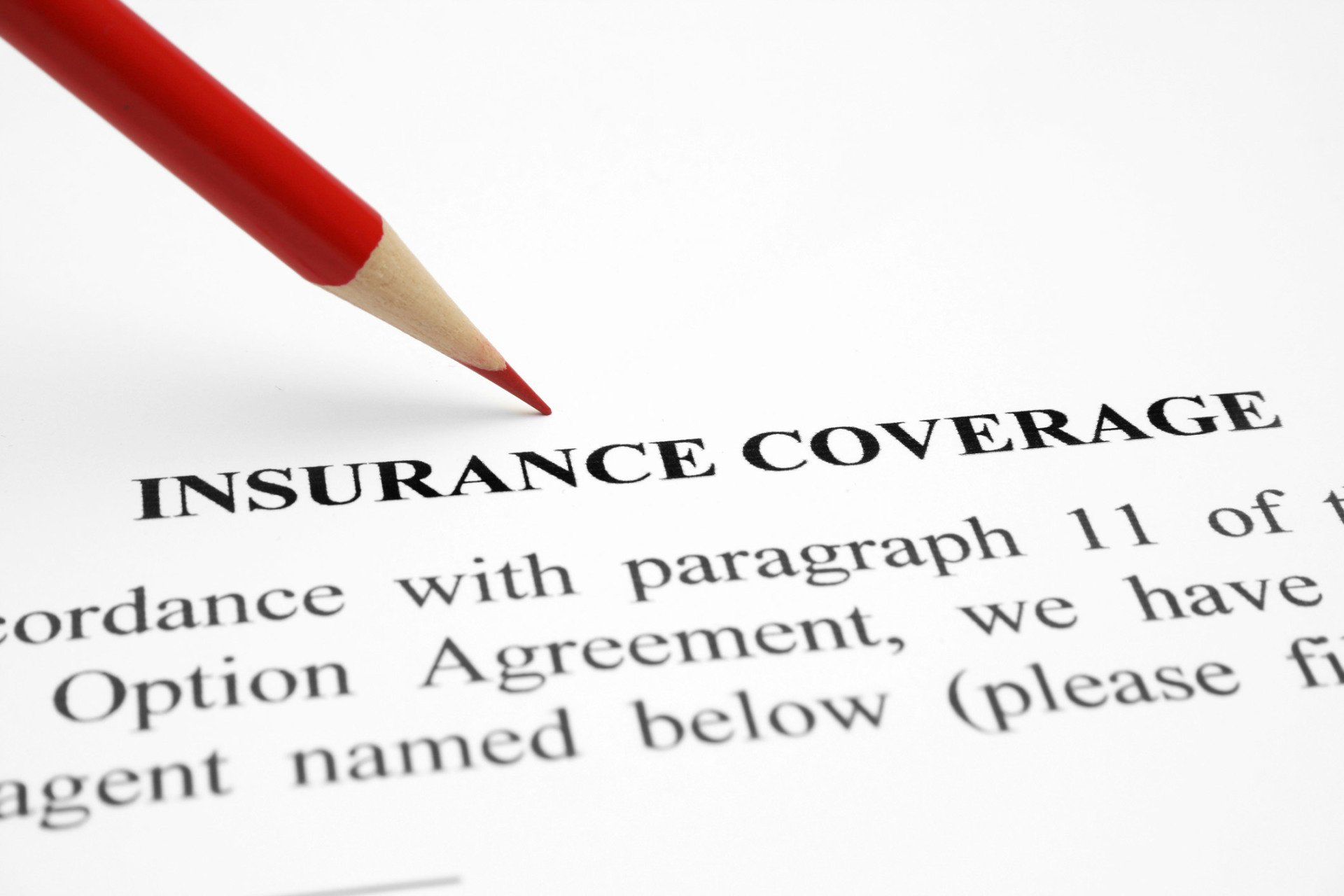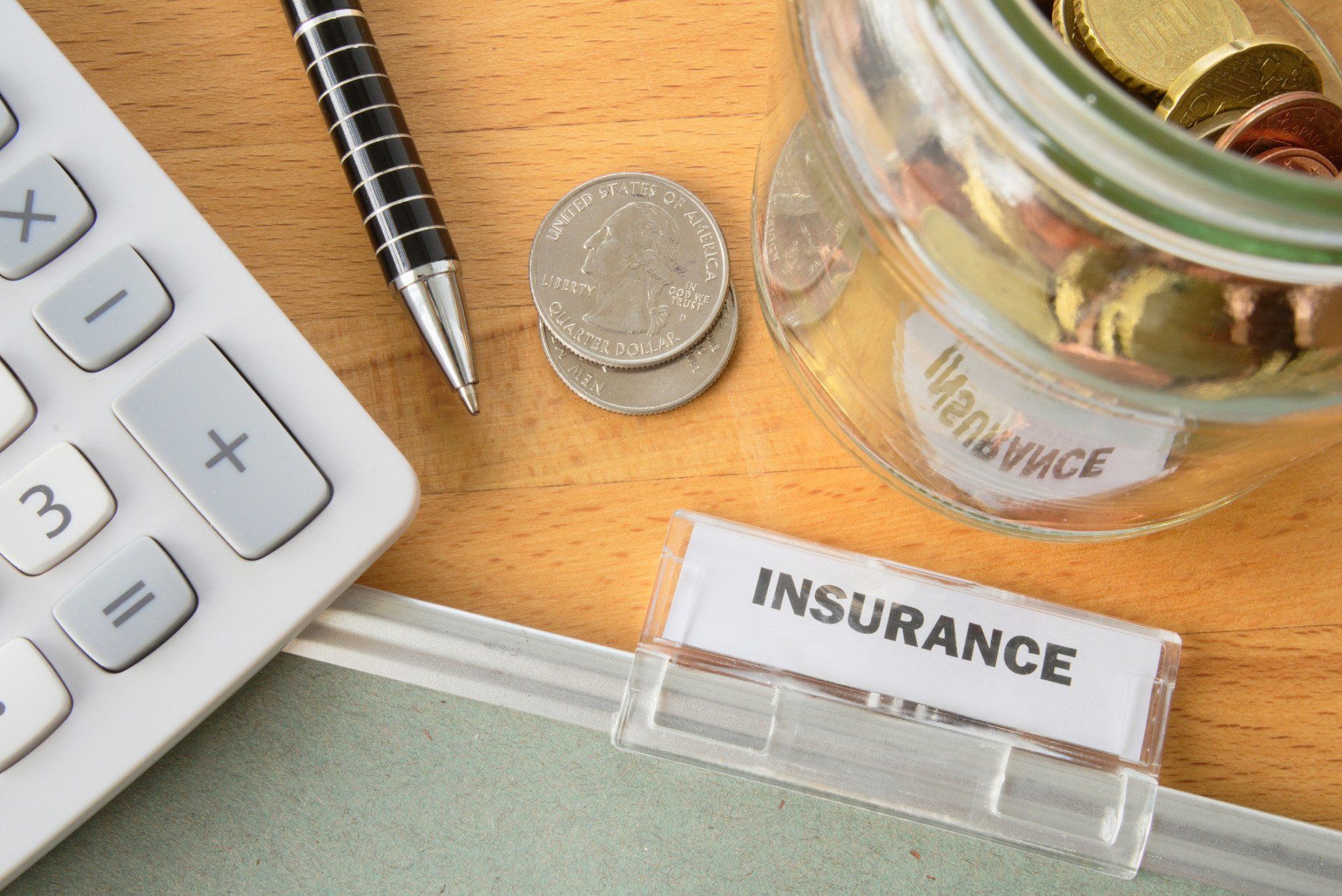How to Create a Financial Foundation With a Life Settlement
- By Admin
- •
- 29 Jan, 2020
- •

A life insurance policy's primary purpose is to make sure loved ones are financially taken care of if you pass away. If you no longer need a particular life policy for this reason, though, you can cash it out for a life settlement and use that settlement to create a solid financial foundation. Follow these steps, and a settlement will help you advance and solidify your financial position.
Step 1: Set Aside Funds for Taxes
First, set aside some of the life settlement to pay taxes that will be due when you file this year's tax return. A certified public accountant can help you determine exactly how much you need to reserve for taxes, but it's usually a relatively small portion of your settlement because of how settlements are taxed. They're taxed according to a three-tier system:
- The tax basis, which is how much you paid in premiums, is untaxed.
- The amount from your tax basis to the policy's cash surrender value is taxed at your normal income tax rate.
- The remainder above the cash surrender value is taxed at capital gains rates.
For 2020, federal income tax rates range from 10 percent to 37 percent. Capital gains tax rates range from 0 to 20 percent. The specific rates you'll be taxed at depend on your income for the year.
By designating money to pay taxes with before you spend any of your settlement, you'll avoid potential financial trouble at year's end. Sometimes, people who receive a large windfall of money spend it and then, don't have enough to cover the taxes that they owe. You want to make sure you can pay your taxes in full so that you don't have to take out a loan when you file.
Step 2: Create an Emergency Fund
Second, divert some of the remaining funds into a bank account to create an emergency fund if you don't already have one.
This bank account should be separate from the checking account that you use for regular expenses, because you don't want to accidentally dip into your emergency fund without knowing. Having separate accounts keeps your regular monthly funds and your emergency funds distinct.
Most financial experts recommend that you maintain an emergency fund that's equal to several months of your living expenses. This includes the essential items that you pay every month, such as housing, food, health insurance, utilities, and transportation costs. It doesn't include discretionary spending, like entertainment and vacations, or saving for future financial goals.
If you already have an emergency fund that's sufficient, you can skip this step and move onto the following.
Step 3: Eliminate High-Interest Debt
Third, use the funds that remain from your settlement to pay off any high-interest debt that you have. You can use 7.5 percent as a marker of what debt falls into the high-interest category. Anything with an annual percentage yield of 7.5 percent or more is high and should be prioritized.
The reason to pay off high-interest debt is twofold. First, you'll save a lot in interest once you don't owe the debts anymore. Second, you'll also improve your cash flow when you no longer need to make these loan payments.
Step 4: Invest in a Home
Finally, put anything that remains from your life settlement toward homeownership. The funds can help you save up for a down payment if you rent right now, or you can put them toward your mortgage if you already own a home.
Homeownership is preferable to renting if you'll be in an area for an extended amount of time, and you'll save a lot on interest if you can put some extra money toward your mortgage.
If you want to sell a life insurance policy for a life settlement, contact Habersham Funding, LLC.










